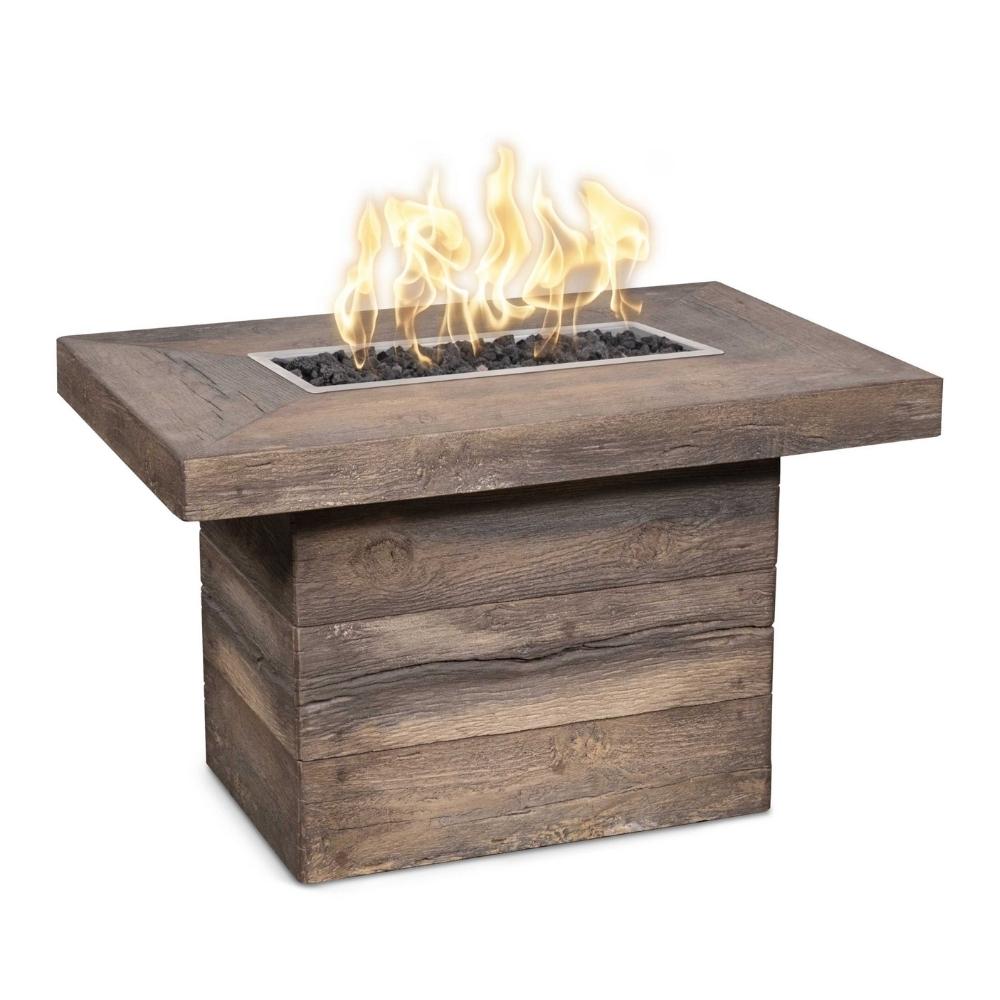GFRC, or glass fiber reinforced concrete, is a composite material that has been gaining popularity in the construction industry due to its numerous benefits and applications. This material is made up of Portland cement, water, aggregate, alkali-resistant glass fibers, polymer, and additives. The inclusion of glass fibers in the mixture significantly contributes to the strength and durability of the finished product, making GFRC one of the top choices for architects, designers, and builders.

One of the main benefits of GFRC is its strength. The glass fibers used in GFRC have a high tensile strength of 1700 N/mm2, which is 3-4 times higher than steel. This means that GFRC can withstand heavy loads and pressure, making it a reliable material for construction projects. Additionally, GFRC has a high modulus, which means that it is not stretchy, making it less prone to cracking and damage over time.
In terms of applications, GFRC can be used in various construction projects. It can be used as wall panels, window surrounds, spandrels, column covers, soffits, cornices, brackets, quoins, railings, pilasters, copings, domes, and more. GFRC can also be used for landscape and hardscape projects, such as site furnishings, planters, bollards, urns, tables, fountains, marine structures, pools, and rock formations. Moreover, GFRC is frequently used in historical restorations and renovations for the replication of building ornaments of terra-cotta, carved stone, and even wood.
Another advantage of GFRC is that it is highly durable and weather-resistant. The glass fibers used in GFRC do not rust, making it a low-maintenance material that can withstand harsh weather conditions. This durability makes GFRC a long-lasting material that can save significant costs in the long run.
The materials used in GFRC are also beneficial for human health and the environment. The glass fibers used in GFRC are inorganic and do not pose any health risks. Moreover, GFRC is noncombustible, meaning that it will not burn, which increases the level of safety in buildings and structures.
In conclusion, GFRC is a highly versatile, durable, and strong material that has found various applications in the construction industry. Its strength, durability, and low-maintenance properties make it a cost-effective choice for construction projects that require a weather-resistant and long-lasting material. Additionally, the use of inorganic materials makes GFRC an environmentally friendly option. If you are looking for a reliable construction material, GFRC should be considered for its numerous benefits and uses.